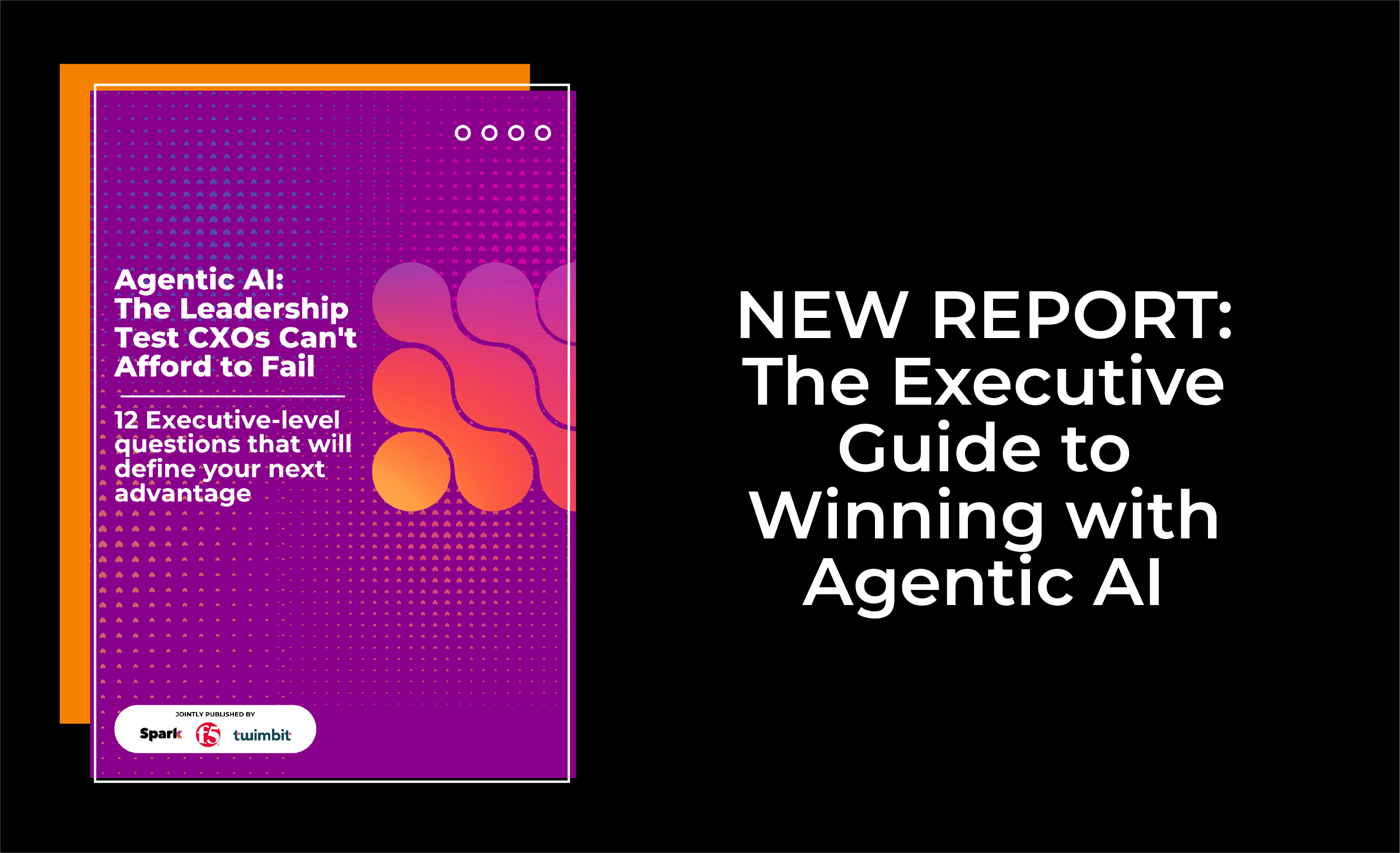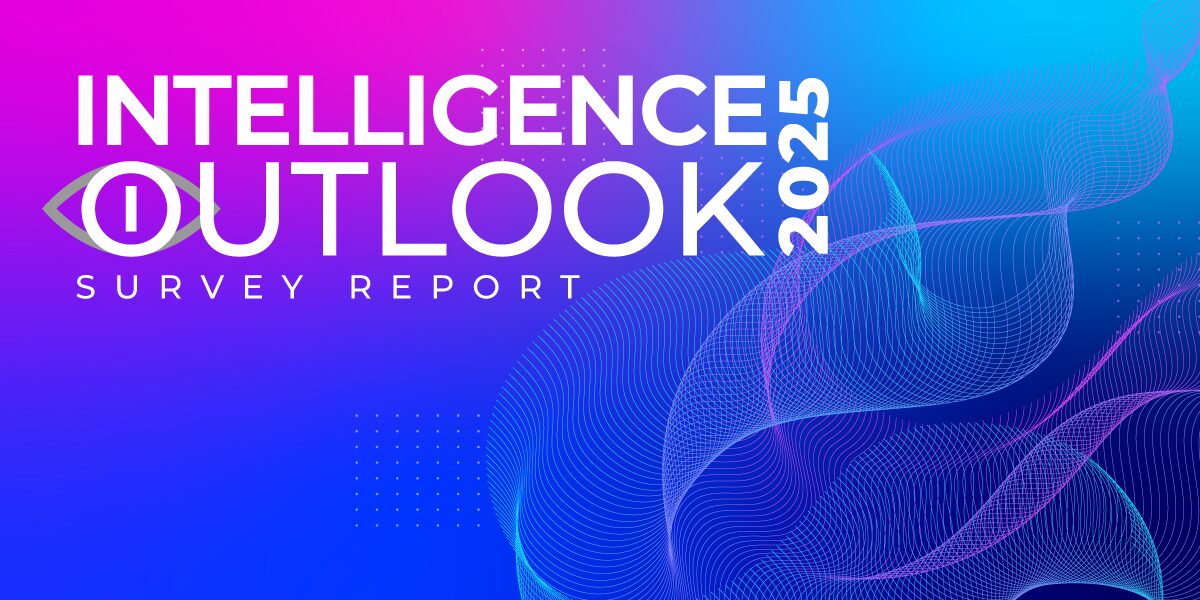Leading up to CIO Academy Asia’s reThink CIO Forum: Finance-as-a-Service, we interview Deepak Ramanathan, CTO, SAS Asia Pacific on how cognitive computing (AI and Machine Learning) is transforming the customer service experience, and its adoption in the financial services sector.
By CIOAA Staff Writer
According to the Technology Vision Report 2017 by Accenture, Artificial Intelligence (AI) is the new UI. AI is coming of age, tackling problems both big and small by making interactions simple and smart. AI is becoming the new user interface (UI), underpinning the way we transact and interact with systems. Seventy-nine percent of survey respondents in the Accenture study agree that AI will revolutionize the way they gain information from and interact with customers.
CIO Academy Asia (CIOAA) spoke to Deepak Ramanathan, Chief Technology Officer of SAS Asia Pacific, to understand how cognitive computing (AI and Machine Learning) is transforming the customer service experience.
Ramanathan works with customers across industries in identifying business issues which could benefit from an analytical outlook and helps these organizations in rolling out these analytical solutions. His current area of focus is around Machine Learning, High Performance Analytics – working with clients to build use cases and deploying it within the organization. He has been working with customers in Financial Services, Manufacturing, Retail and Loyalty Optimization and Communications customers to identify and build the appropriate business cases.
The Promise of AI
The promise of AI has been talked about for a while now. Are we seriously entering the era of AI and Machine Learning (ML) this year, we asked Ramanathan.
“Machine learning that we know of today is not like machine learning (ML) of the past, because of new computing technologies,” he said. “While many ML algorithms have been around for a long time, the ability to automatically apply complex mathematical calculations to big data – repeatedly and rapidly – is a recent development.”
He gave a few widely-publicized examples of machine learning applications that may be familiar to us:
- The heavily hyped, driverless cars? The very essence of machine learning.
- Recommendation offers that pop up during our online shopping sprees, which are often too personalized to be true? Machine learning applications for everyday life.
- Knowing what customers are saying about your company on social media sites? Machine learning combined with linguistic rule creation.
- Fraud detection? One of the more obvious, important uses in our world today.
“With the growing volumes and varieties of available data, coupled with affordable and powerful computational processing, it is now possible to quickly and automatically produce models that can analyse bigger, more complex data and deliver faster, more accurate results – even on a very large scale,” he added. “We are certainly well on our way into the era of AI and ML.”
AI and customer service experience in the Financial services sector
The role of AI and analytics helps in the development of a more comprehensive and insightful understanding of customers, by introducing the automation of insights that helps to maximize the efficiency and reach of marketing programs.
In this background, can AI improve customer service/customer experience for the financial services sector?
Ramanathan drew our attention to the insurance sector, where the distribution model is changing rapidly. While the agency will still be the major source of business, especially among customers requiring advice to better understand more complex personal and commercial products, we have seen the increased demand for consistent messaging across different channels – such as mobile and web – and customers are becoming savvier in their buying needs, he said.
“Imagine the streams of data available from customer information systems, mobile applications, websites, call centres, and third-party data sources,” he said. “With the sheer volume of data, these cannot be processed manually or quickly enough to meet the demands of the business and its customers, especially in an industry as fast-paced as the financial sector, where exceptional customer experience is the competitive differentiator. The use of AI in analytics will be able to enable financial institutions to learn about individual customer needs and preferences, the kinds of tailored products and services to offer, and how best to personally engage with customers within and across channels.”
He said that SAS is already working with financial services firms that are driving automated decisions into marketing channels, often in real time. “They use AI algorithms as the decision-making brain behind next best offers and next best actions in call centres, web sites, and mobile channels,” he said. “They do this with speed and against customer bases that amount to hundreds of millions. They see the results in terms of improved uptake rates because the offers are delivered instantaneously and are analytically “personalized” to fit the individual customer’s needs.”
Adoption of AI/ML in the financial services sector in Singapore and Southeast Asia
Talking about a new technology is different and embracing it in practical terms is a different ball game altogether. We wanted to know if AI and ML adoption has been increasing in Singapore and the region in a significant way? Are local and regional companies here making investments in these technologies?
“Banking and insurance companies are relying on digital innovations to design new customer acquisition strategies and at the same time, improve the overall user experience,” said Ramanathan. “Traditionally, banks and insurers have always been product focused, but there is now a need to become customer-centric to enhance the customer experience.”
Investment in innovation may be channelled back towards the distribution channel but that is a short-term initiative. “Given the proliferation of more digital savvy customers and social networks, customers tend to compare and seek feedback from various sources before making a purchase,” he said. “Banks and insurers need to manage this aspect of the digital space so that they can manage the customer experiences and feedback.”
In a competitive market, the customer experience needs to be interactive to provide “next best action” to increase customer acquisition and improve loyalty. “By using products like SAS’ Customer Intelligence suite, insurers will be able to unlock insights hidden in customer data, retain valuable customers and acquire more customers,” he said. “The analytics software will be able to aid companies in predicting customer lapses, and creating personalized campaigns to ensure that customers feel compelled to stay on.”
“We have started to see various instances of this happening in the industry,” he said. “In Singapore, a leading local bank in Singapore uses SAS to better forecast withdrawals from its 1,100 automated teller machines (ATMs) across the country by analysing withdrawal data from each ATMs. We are also helping a leading international bank to leverage big data analytics across the customer life cycle. The bank is able to get a comprehensive view of the customer by capturing data across channels to provide personalized offers on loans, refinancing, insurance, etc.”
Concerns around AI
Every new technology also breeds concerns around it, whether it will be a security risk or whether it will have other implications for an organization.
Are there concerns around the application of AI in the banking and insurance sector? Are these more to do with security and regulations than the technology itself? We wanted to know Ramanathan’s views on this.
According to him, the banking and insurance sector uses artificial intelligence for two key purposes: to identify important insights in data, and prevent fraud. The insights can identify customer acquisition strategies, investment opportunities, or help investors know when to trade. Data mining can also identify clients with high-risk profiles, or use cybersurveillance to pinpoint warning signs of fraud.
“One of the biggest challenges we’ve also observed from speaking to our customers is the organization’s support from senior management to recognize that the conventional way of doing business needs to change,” he said. “These organizations typically rely on their tried and tested channels and while that has worked in the past, we see this becoming a challenge for businesses to become more innovative in their business process and strategies.”
“Many banks are already overwhelmed by the increasing amount of data that require storage and analysis, and the data influx will only continue. As companies come to terms with the digital revolution, there will also be increased exposure to risks,” he pointed out.
“Banks will continue to face the challenge of capturing data efficiently and effectively while fending off fraud and cybercrime, all while the pressure of providing their customers quality services and products remains,” he said.
The other concerns are around AI and ML’s impact on jobs. “As companies continue to embark on their digital transformation journeys, we expect the use of AI and robots to play an important role in their transformations,” he said. According to a report by the World Economic Forum, 5.1 million jobs in the U.S., India and 13 other leading countries are expected to fall to robots and other forms of modern technology by 2020.
“We have already started to see machines replace jobs – a Japanese insurance firm recently announced that more than 30 employees will be laid off and replaced with an AI system,” Ramanathan said. “At the same time, there are also plenty of opportunities abound – in Singapore alone, there is a shortage of labour in the IT sector – particularly in cyber security, data analytics and application development.”
In this context, the use of robotics should be viewed as an enabler for us to address labour costs and shortage, allowing us to focus on work that is high value and innovative instead, he said.
Cognitive computing is one of the key topics to be discussed at the reThink CIO Forum: Finance-as-a-Service on the 23 February 2017.
Visit our event website to learn more about our programme. Registration is still open to CIOs, CISOs, Head of Technology or Operations from the financial services industry.








